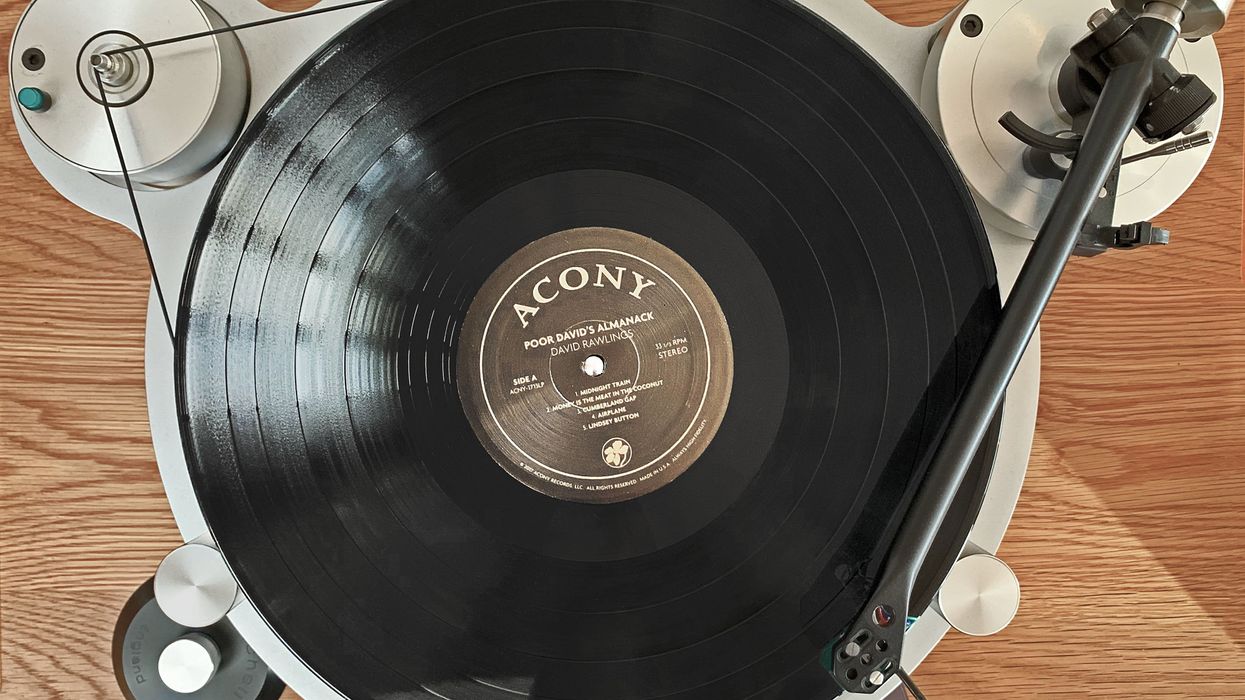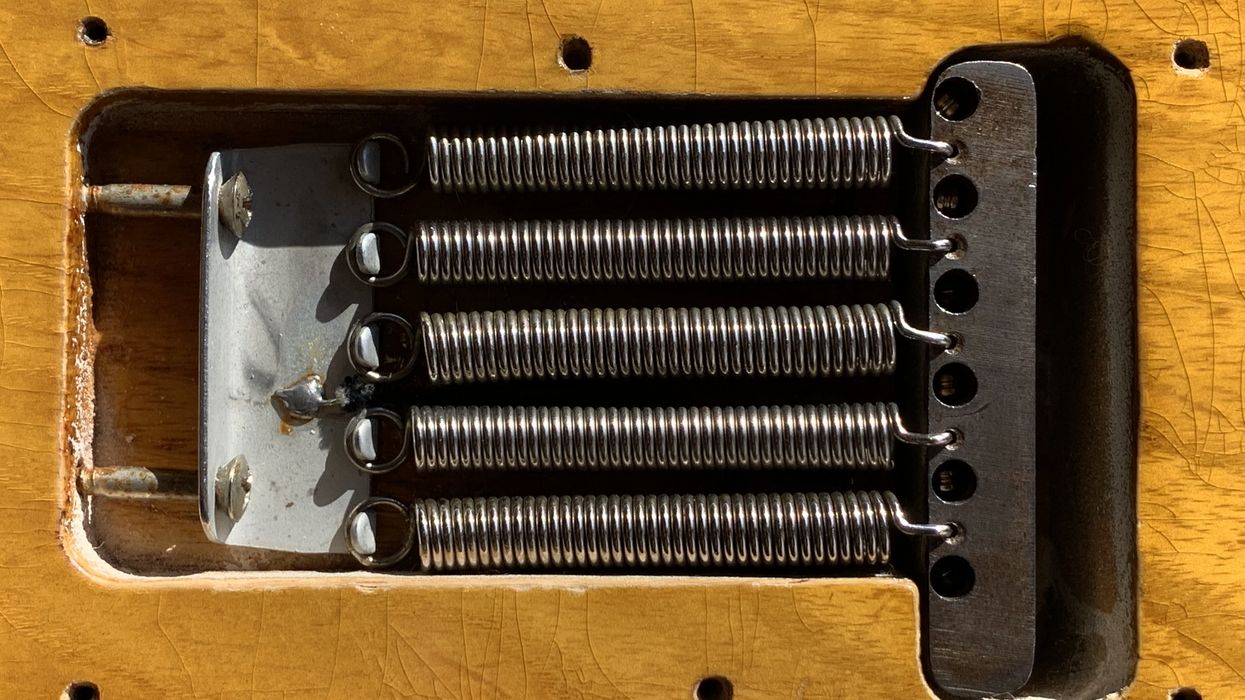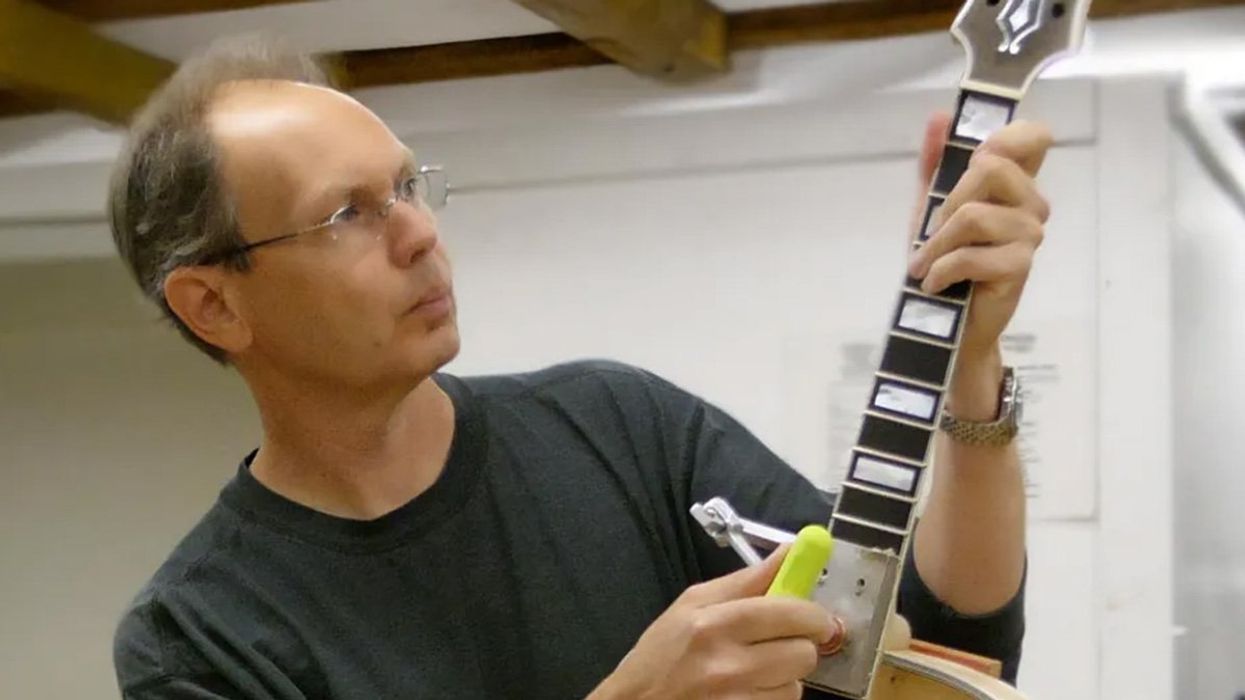It had to be in the early part of 1990, and I don’t know how or why, but I purchased Steady On, the debut album from singer-songwriter Shawn Colvin. Upon my first listen I knew it was something very special. By the time the third track, “Shotgun Down the Avalanche,” came pouring from my ancient Dahlquist DQ10s, I was a fan. The song features an instrumental break—not a guitar solo per se, but more like a stringed-instrument vignette that cascaded seamlessly through a number of sounds created by guitarist-songwriter-producer John Leventhal. I’ve listened to it dozens of times since, and I still marvel at the emotion it stirs in me.
You see, I’m a sucker for a musical moment that seems to bypass my ears and tug at my heart. It could be a simple phrase with an extraordinary tonal personality or just a few well-chosen notes that say more than any flurry ever could. My subconscious (and probably yours) is chock full of these snippet moments—and they guide and soothe us in our musical journey. Somehow, they all swirl around in my pea brain like some David Lynch fever dream—morphing and coalescing fragments that are always informing my taste and guiding my fingers. I’ll share a few with you now.
Like so many of my generation of guitarists, the Ventures figured prominently. Their powerful interpretation of the Richard Rodgers song “Slaughter on Tenth Avenue” is brimming with pre-Neil Young-esque 1960s distortion. But I’m also drawn to the melancholy, ultra-clean, reverb-drenched tones of “Lonely Girl” from their 1965 album Knock Me Out. The nostalgic reprise in my imagination occurs in Young’s “No More” on his celebrated Freedom record—with its wash of reverb and mangled fuzz tickling my musical funny bone and warming me like the soft glow of a winter fireplace.
Now, imagine it’s the mid ’70s and Zeppelin’s “Kashmir” is battling with AC/DC’s “T.N.T.” for airplay when you drop the needle on the Tony Williams Lifetime track “Red Alert,” found on the Believe It album. Allan Holdsworth’s angular note choices and driving rhythm give way to a tour de force of legato fusion fury. When I first encountered Allan Holdsworth’s solo on the track “Wild Life,” I thought it was a saxophone. Holdsworth mimics the breathy attack of a reed instrument, complete with slow-wavering vibrato. Although it sounds a little dated now, it’s interesting to note that Van Halen was still a few years away.“I know I’ll get hate mail for downplaying his early solos, but Van Halen’s rhythmic drive and superb timing were really the heart of his craft and the soul of the band.”
Speaking of Van Halen, as spectacular as Ed’s soloing was, it’s his rhythm work that I find most inspiring. I know I’ll get hate mail for downplaying his early solos, but Van Halen’s rhythmic drive and superb timing were really the heart of his craft and the soul of the band. Interestingly, some of that feel has crept into my own playing, which does not make me unique. Who can deny the importance and influence he had?
While I’m on the subject of influence, it’s hard to overlook the swath that Jeff Beck cut through the guitar world. In my estimation, his pioneering sound and concepts were the godfather masterstrokes that propelled an entire genre of guitar-based rock. The first Jeff Beck Group recording, Truth, contains too many important guitar moments to list. One of my touchstones is the opening riff on “Let Me Love You” where Beck mangles the guitar, producing a head-scratching puzzle of sound before two seconds have passed. The next half-minute is a blueprint lesson in blues-rock style that many have studied, yet few have equaled. As a young guitarist in 1968, I was ready to throw my instrument down a flight of stairs after witnessing “I Ain’t Superstitious.” We’d heard the wah pedal before, but not like this. Beck impersonates a black cat—Clyde McCoy, eat your heart out. It’s worthwhile to note that Beck’s style and direction continued to evolve throughout the decades without destroying the validity of his earlier work.
I suppose I could go on, but I’m running out of space, and I’ve tortured you enough—until next month. The good news is that we have this seemingly unscalable mountain of amazing guitar sounds to discover, inspire, comfort, and rock us down the road. From Charlie Christian and Tiny Grimes right up to the host of great players today, as students of sound, we have a long, lovely path to hike.
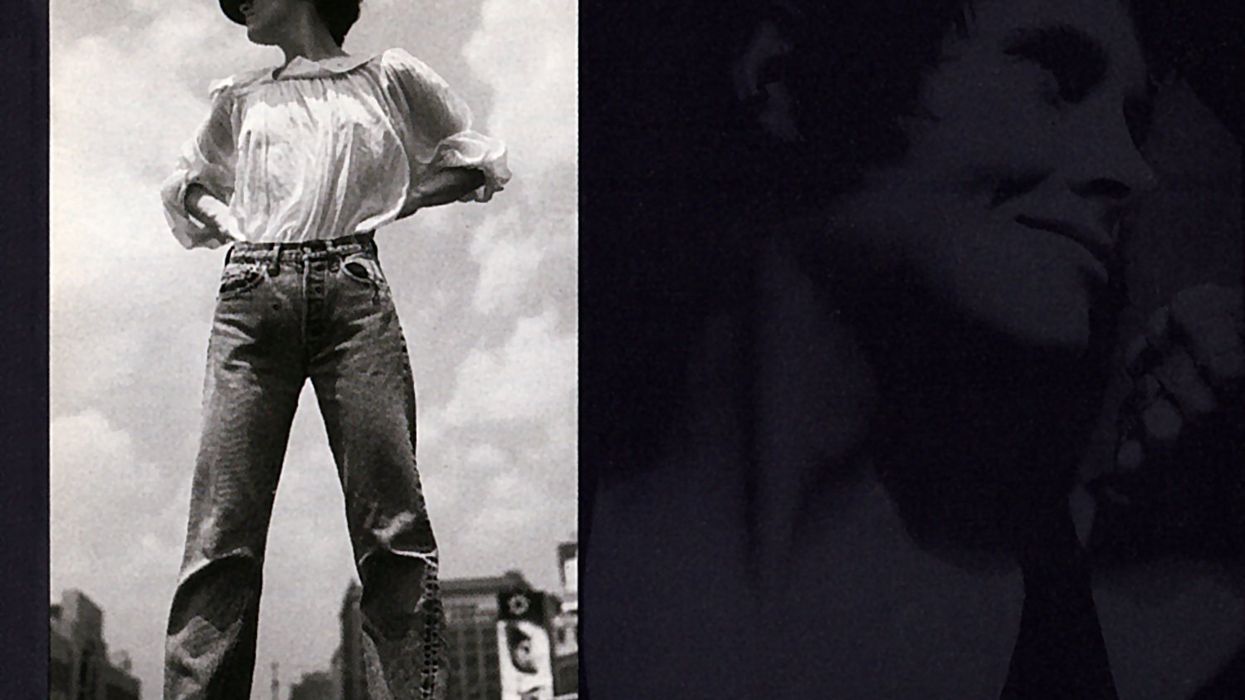



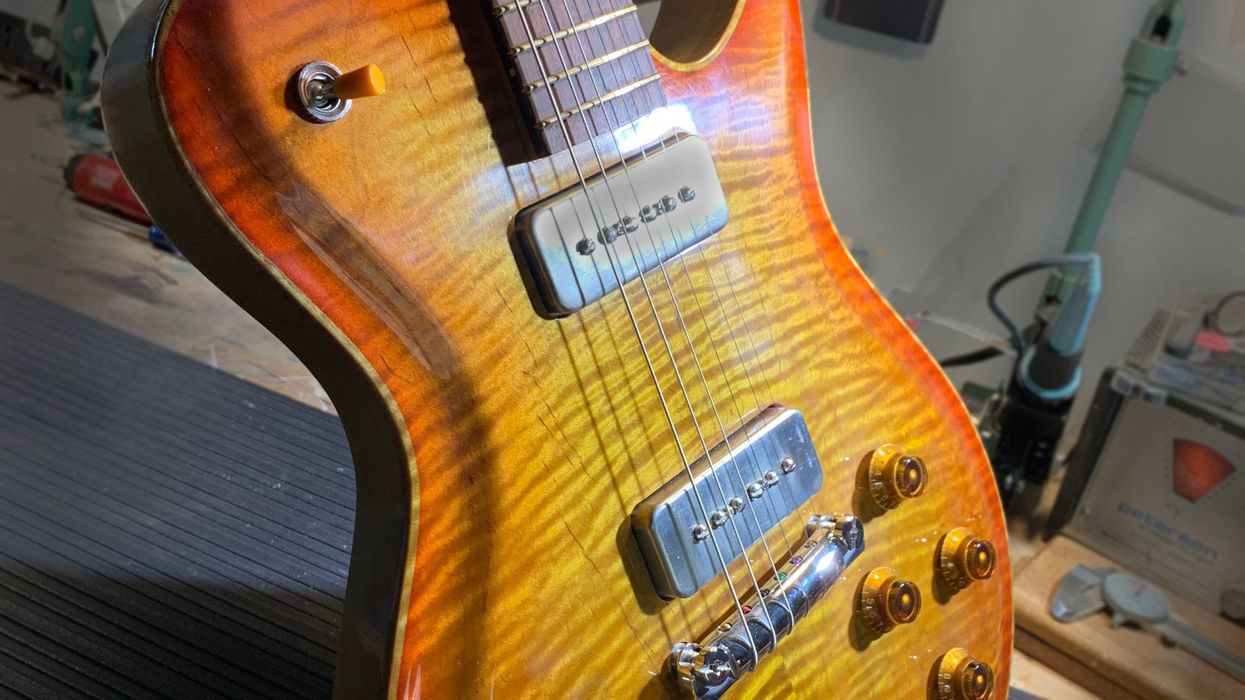
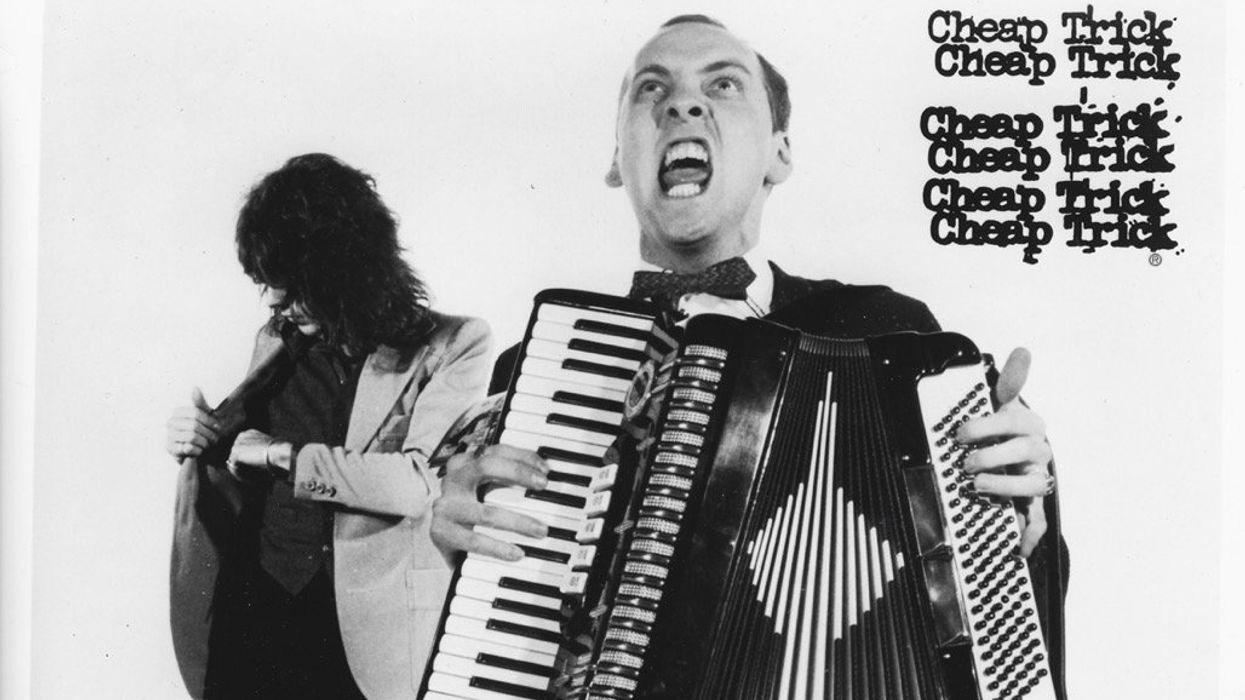
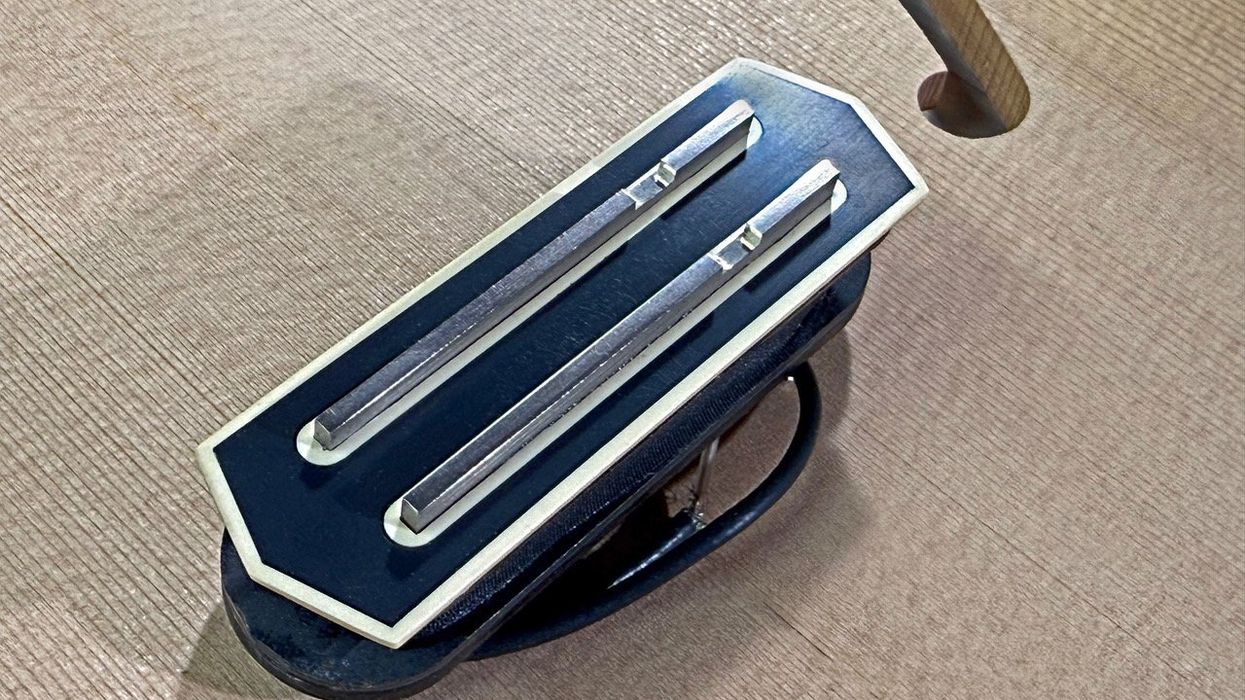
![Devon Eisenbarger [Katy Perry] Rig Rundown](https://www.premierguitar.com/media-library/youtube.jpg?id=61774583&width=1245&height=700&quality=70&coordinates=0%2C0%2C0%2C0)






